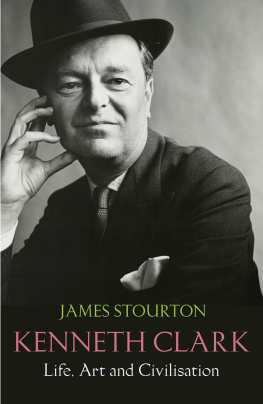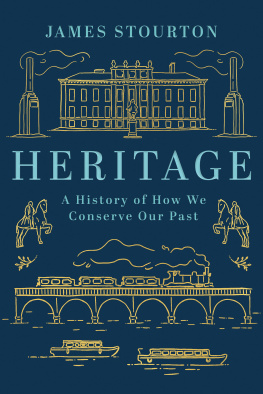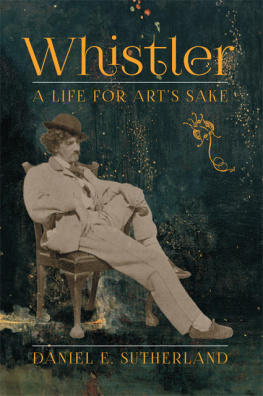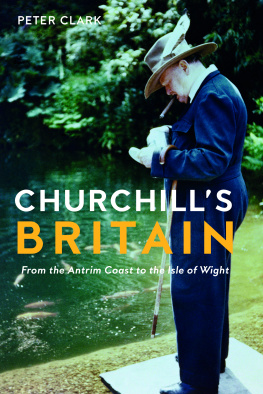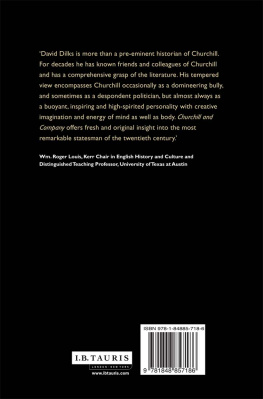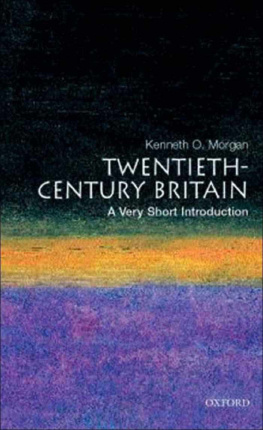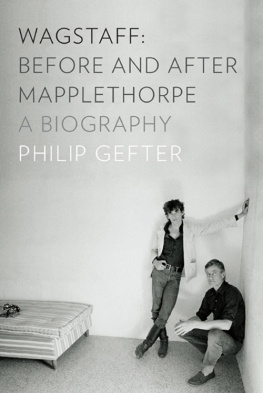William Collins
An imprint of HarperCollinsPublishers
1 London Bridge Street
London SE1 9GF
WilliamCollinsBooks.com
This eBook first published in Great Britain by William Collins in 2016
Copyright James Stourton 2016
The author asserts the moral right to be identified as the author of this work
A catalogue record for this book is available from the British Library
Cover photograph of Sir Kenneth Clark, England, 1958 The Irving Penn Foundation
Unless otherwise stated, images are from the Clark family archives
While every effort has been made to trace copyright holders and to obtain their permission for the use of copyright material, the author and publisher would be grateful to be notified of any errors or omissions in the above list that can be rectified in future editions of this book.
All rights reserved under International and Pan-American Copyright Conventions. By payment of the required fees, you have been granted the non-exclusive, non-transferable right to access and read the text of this e-book on screen. No part of this text may be reproduced, transmitted, down-loaded, decompiled, reverse engineered, or stored in or introduced into any information storage and retrieval system, in any form or by any means, whether electronic or mechanical, now known or hereinafter invented, without the express written permission of HarperCollins.
Source ISBN: 9780007493418
Ebook Edition September 2016 ISBN: 9780007493432
Version: 2016-09-15
To Colette, Jane and Fram
Contents
AESTHETES PROGRESS
THE NATIONAL GALLERY
WORLD WAR II
ARTS PANJANDRUM
TELEVISION
SALTWOOD 195368
CIVILISATION
LORD CLARK OF CIVILISATION
In his memoirs Kenneth Clark complained that Harold Nicolson could not resist shampooing his account of a dinner party, and added the warning that the historian who uses original documents must have a built in lie-detector. This is equally true of published material. Clarks own two volumes of memoirs are exceptionally entertaining, and are both friend and foe to the biographer. Friend, because they cover most of Clarks life and tell his story more beautifully than any biographer ever could; foe, because Clark wrote them mainly from memory, which was not always reliable and sometimes verged on the mytho-poetic. Every event needs to be checked against alternative sources; the chronology is loose, and Clark occasionally puts himself at events at which he was demonstrably not present. This was not deliberate on his part, but simply due to the passage of time. The memoirs tell many good stories, although I have reproduced only a tiny handful of them, as they are usually about other people. Since Clarks own voice is always eloquent I quote him whenever possible; where he has written an alternative and usually earlier account of an event, I have used this for a fresh perspective. An example is the manuscript containing fragments of an art-historical autobiography that he wrote at the end of his life, Aesthetes Progress, now in his publisher John Murrays London archive.
Clark did have an eye to history; he kept all his letters to his parents, and rarely threw anything out, even occasionally annotating documents in his own archives. The Clark Archive held at Tate Britain is of a daunting scale, with thousands of letters and documents full of biographical treasures. Clark, however, offered a second warning to a would-be biographer: One realises how little the historian, who must rely on letters and similar documents, can convey a personality. So much depends on the accident of whether or not a character can get himself into his letters. Clark had a famous dislike of both receiving and writing letters, and whenever he could he would dictate them to an assistant. He was too busy to put art into them, but even the briefest will contain a striking phrase; he was incapable of writing a dull sentence. The majority of the letters quoted here are from carbon copies retained by Clarks various assistants for reference. I have altered Clarks pervasive use of ampersand to and, for reasons of flow. Quotations from the BerensonClark letters are taken from the excellent Yale edition edited by Robert Cumming.
For the second half of Kenneth Clarks life we have the astonishing series of letters that he wrote to Janet Stone, which provide a vivid self-portrait, and offer a depth and nuance hitherto unavailable. In these letters his true unbuttoned character is displayed they were a safety valve, just as a diary was to Pepys or a wartime journal to Lord Alanbrooke. It is tempting to compare these letters to his son Alans diaries, but their motivation beyond the love of writing was different. The letters to Janet Stone are held at the Bodleian Library in Oxford under a thirty-year moratorium (for reasons explained ). Fortunately, when Dr Fram Dinshaw of St Catherines College, Oxford, was appointed to be the original authorised biographer of Kenneth Clark in the 1980s, he was given permission by Janet Stone to read them. All the Stone letters I quote are from Dr Dinshaws selected transcriptions.
The biographer of Kenneth Clark is fortunate that both his sons, Alan and Colin, left behind such compelling accounts of their parents. I was equally fortunate in having his daughter Colette, and daughter-in-law Jane, ready to answer questions, and I put it on record that neither of them has at any time attempted to alter anything I have written apart from correcting factual errors. I am lucky to have known some of the main players in the story, John and Myfanwy Piper and Reynolds and Janet Stone, which makes it easier to understand why Clark found them so attractive, and their houses such blessed plots. Virtually all the crew of Civilisation are alive and were able to give me interviews except for Michael Gill, who I met before his death, but alas before I knew I would be so concerned with his story. Perhaps the greatest surprise of all was to find Clarks favourite television producer from his ATV days in the late 1950s and early 1960s, Michael Redington, not only alive and well but living just three streets away from me in Westminster.
A word on nomenclature: Clark was always known as K by family and friends. In 1938 he became Sir Kenneth Clark, and in 1969 he was given a peerage and became Lord Clark of Saltwood but I refer to him throughout as Clark.
Clark studies will continue to produce new interpretations and information. This work must be seen as notes towards a definition space restricted me on nearly every subject covered and it should be taken as an encouragement to other scholars to investigate his life and achievements further.
JAMES STOURTON
London, 2016
1
Everything about Lord Clark is unexpected.
ANTHONY POWELL , reviewing Another Part of the Wood
At 12 noon on Sunday, 25 March 1934, King George V and Queen Mary climbed the steps of the National Gallery in London. It was the first time a reigning monarch had visited the gallery. The ostensible reason for the visit was to see the gallerys collection of paintings, but the real purpose was to meet the new thirty-year-old director, Kenneth Clark. The trustees had been told not to disturb their weekend a gentle instruction that their presence was not required the King wished to see the director. Clark had only been at the gallery for three months, and his appointment had been greeted with universal approval except at Windsor Castle. The King and Queen had been advised two years earlier by Owen Morshead, the Royal Librarian, that Clark would be the perfect candidate for the anticipated vacancy of Surveyor of the Kings Pictures. But Clark neither wanted the job nor felt that he could possibly combine it with his heavy duties as director of the National Gallery. The sixty-nine-year-old King Emperor, in an extraordinary move, decided that he would directly intervene and go down to Trafalgar Square to invite the young man to work for him. He had resolved that Clark was the man he wanted, and where his courtiers had failed, he would persuade him personally. The visit was a success, and the two men as different as can be found much to enjoy together. Clark later described how just after proclaiming that Turner was mad, the King stopped his routine progress, faced me and said:

